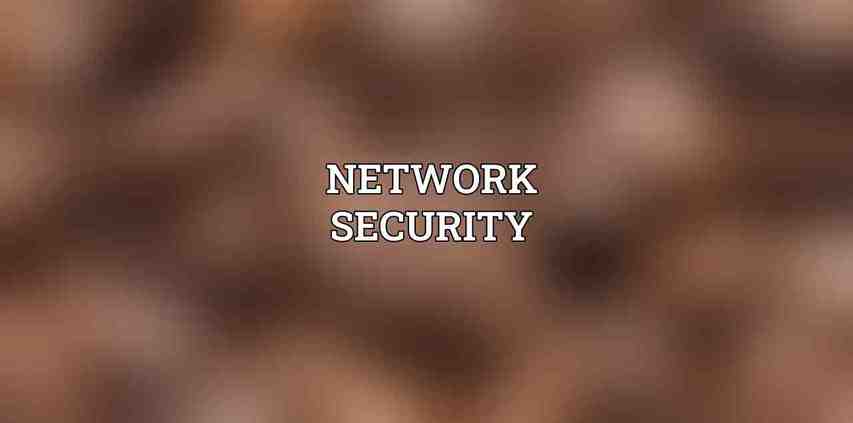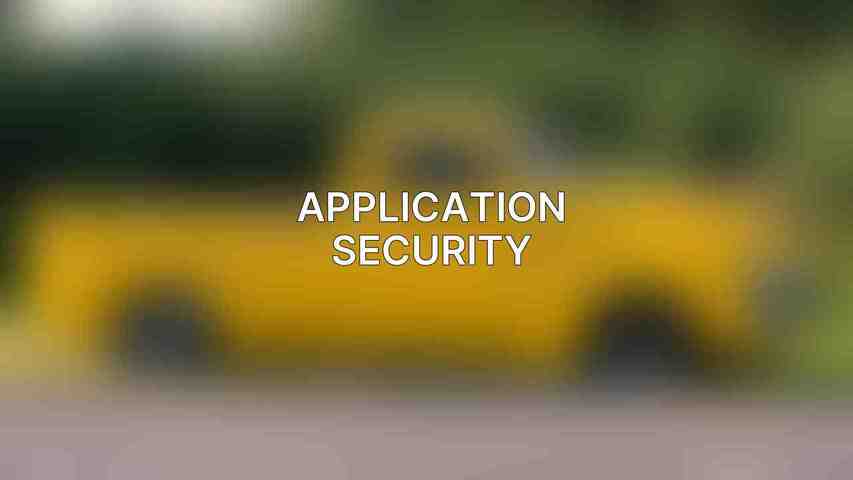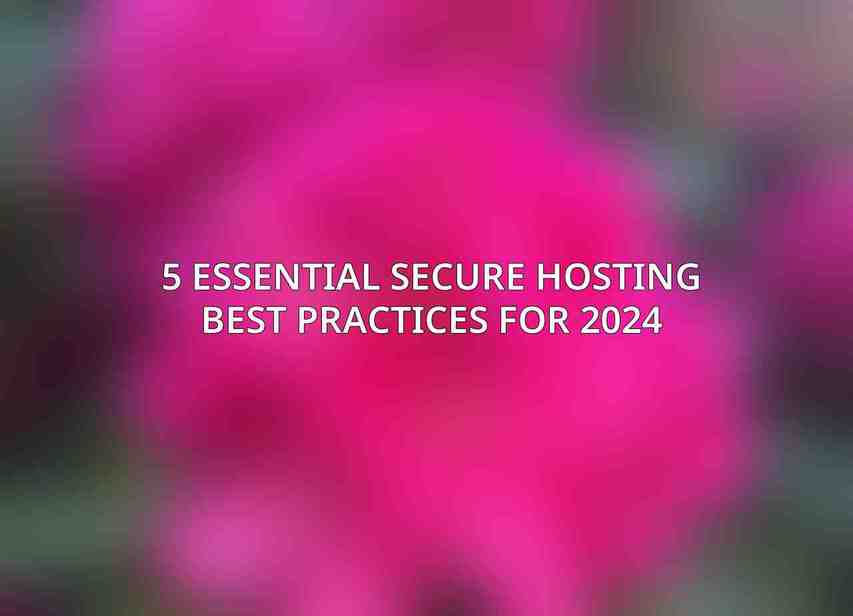secure hosting has become a paramount necessity for organizations of all sizes. the significance of secure hosting is underscored by the need for protection from a myriad of cyber threats, ensuring compliance with stringent regulations, and safeguarding the reputation of businesses in a highly competitive environment. The robustness of a hosting environment directly impacts the overall security posture of a company, making it imperative to adopt and maintain best practices in this domain.
Regular Updates and Maintenance
Operating System (OS) and Software Updates
One of the fundamental best practices for secure hosting in 2024 is the consistent updating of operating systems and software. By regularly updating these components, organizations can swiftly address security vulnerabilities that arise due to evolving cyber threats. Moreover, these updates contribute to enhancing performance and stability, ensuring a seamless and secure hosting environment.
Patch Management
Effective patch management is critical in mitigating security risks associated with various applications and systems. Organizations should prioritize the regular application of patches to address known vulnerabilities promptly. Leveraging automated patching tools streamlines the patch management process, ensuring that the hosting environment is fortified against emerging threats.
Data Backup and Recovery
An essential aspect of secure hosting practices involves the creation of regular backups and storing them in offsite locations. By implementing robust data backup and recovery strategies, businesses can safeguard their critical information against unforeseen events such as system failures, cyberattacks, or natural disasters. This proactive approach minimizes data loss and facilitates rapid recovery in the event of a mishap.
Network Security

Firewalls
Utilizing firewalls is a cornerstone of network security, providing a barrier against unauthorized access and external threats. Implementation of best practices in firewall management strengthens the overall security posture of the hosting environment, ensuring that only legitimate traffic is allowed to pass through the network perimeter.
Intrusion Detection and Prevention Systems (IDS/IPS)
Incorporating Intrusion Detection and Prevention Systems (IDS/IPS) enables organizations to identify suspicious activities and proactively prevent security breaches. These systems play a pivotal role in monitoring network traffic, detecting potential threats, and promptly responding to mitigate risks before they escalate.
Secure Network Configurations
Securing network configurations by using robust protocols such as SSL/TLS and restricting access to sensitive data are essential practices in fortifying the hosting infrastructure. By adhering to secure network configurations, organizations can establish a resilient defense mechanism that safeguards against unauthorized access and data breaches.
Application Security

Regular Security Audits
Conducting regular security audits is indispensable for identifying vulnerabilities within applications and systems. By systematically evaluating the security posture of applications, organizations can pinpoint weaknesses and implement mitigation strategies to bolster their defenses against potential exploits.
Input Validation and Sanitization
Implementing robust input validation and sanitization mechanisms is crucial for preventing malicious input and protecting against vulnerabilities such as Cross-Site Scripting (XSS) and SQL injection attacks. By validating user inputs, organizations can thwart common attack vectors and enhance the overall security of their applications.
Use of Secure Coding Practices
Adhering to secure coding practices and industry standards is vital for minimizing security risks associated with software development. By prioritizing secure coding methodologies, organizations can build resilient applications that withstand potential cyber threats and adhere to best practices in application security.
User Management and Authentication
Strong Password Policies
Enforcing strong password policies that mandate minimum requirements and regular password rotation is essential in safeguarding user accounts against unauthorized access. By maintaining stringent password practices, organizations can mitigate the risk of password-related compromises and enhance the overall security of their hosting environment.
Multi-Factor Authentication (MFA)
Implementing Multi-Factor Authentication (MFA) provides an additional layer of security that significantly reduces the risk of unauthorized access and account takeovers. By requiring multiple forms of verification, such as passwords, biometrics, or tokens, organizations can fortify user authentication processes and elevate the security of user accounts.
User Access Control
Effective user access control involves assigning access based on predefined user roles and responsibilities while monitoring user activity to detect any anomalies. By regulating user permissions and consistently monitoring user interactions, organizations can mitigate insider threats and ensure that access privileges are granted based on the principle of least privilege. Find more on How to Choose a Secure Web Host: A 2024 Buyer’s Guide
Recap of Essential Best Practices
adhering to the 5 essential secure hosting best practices outlined above is paramount for organizations seeking to fortify their hosting environments in 2024. By maintaining a proactive approach to security, businesses can mitigate risks, enhance resilience, and safeguard their digital assets against a dynamic threat world.
Importance of Ongoing Vigilance
It is crucial for organizations to acknowledge that secure hosting is an ongoing endeavor that demands continuous vigilance and adaptation to emerging threats. By staying abreast of the latest security trends and technologies, businesses can fortify their defenses and protect their digital infrastructure from evolving cyber risks.
Benefits of Secure Hosting Practices
Embracing robust secure hosting practices not only safeguards organizations against cyber threats but also instills trust among customers, partners, and stakeholders. By prioritizing security, businesses can uphold their reputation, ensure regulatory compliance, and foster a resilient digital ecosystem that thrives in the ever-evolving cyberspace of 2024.
Frequently Asked Questions
What are the benefits of following secure hosting best practices?
Following secure hosting best practices helps protect your data, prevent cyber attacks, ensure regulatory compliance, and maintain the trust of your customers.
How can I ensure the physical security of my hosting server?
Ensure physical security by storing your server in a locked room with limited access, implementing surveillance systems, and restricting physical access to authorized personnel only.
What are some tips for securing data during transmission?
Secure data during transmission by using encryption protocols such as SSL/TLS, avoiding public Wi-Fi networks, and implementing secure VPN connections.
Why is a regular data backup important for hosting security?
Regular data backups are crucial for hosting security in case of data loss, system crashes, or cyber attacks. It ensures that you can restore your data and resume operations quickly.
How can I stay updated on the latest security threats and best practices?
Stay updated on the latest security threats and best practices by subscribing to security blogs, attending webinars, participating in security forums, and regularly conducting security audits.

